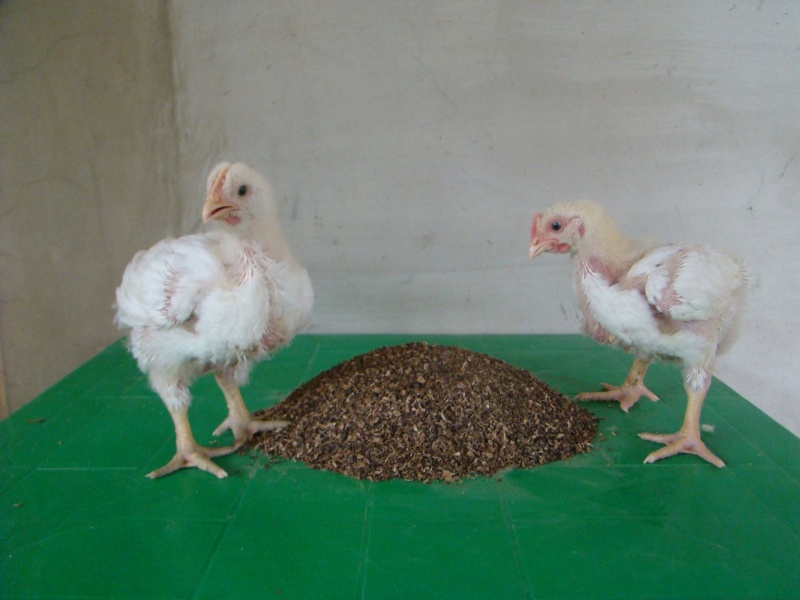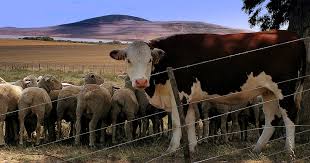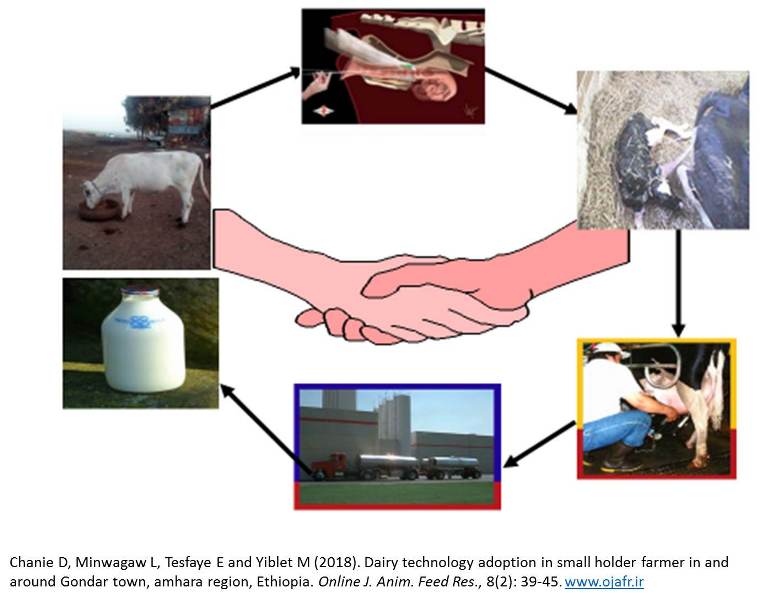Previous issue | Next issue | Archive
Volume 8 (2); March 25, 2018 [Booklet]
Effect of metabolizable energy content and ileal amino acid digestibility of sorghum-barley brewer’s spent grain on growth, carcass and blood parameters in broilers.
Nortey Th-N-N, Frimpong R and Naazie A.
Online J. Anim. Feed Res., 8(2): 20-32, 2018; pii: S222877011800004-8
Abstract
The aim of this study was to determine the protein and amino acid digestibilities, and apparent metabolizable energy (AME) contents of sorghum-barley brewers’ spent grain (SBBSG), use this information to formulate an appropriate diet for broilers, and determine the effect of SBBSG inclusion on growth, carcass and blood parameters. In experiment one fifteen individually housed broilers were used to determine the apparent digestibilities of nutrients. Another cohort of 15 broilers were raised alongside and nutrient digestibility of key nutrients in wheat bran determined. The AME of SBBSG (6.72 MJ/kg) was higher than previously assumed, whereas the digestibility values of some of the essential amino acids for SBBSG (Lys, Met, Phe, Thr and Val) were generally lower (42.93, 71.6, 55.47, 75.26, and 62.66%) than previously assumed. In experiment two, diets were formulated based on nutrient availability values from trial one and fed to two hundred and fifty day-old chicks. Birds were allotted to five diets (TI, T2, T3, T4 and T5, representing 0, 4, 8 12 and 16% SBBSG, respectively). Average daily feed intake (ADFI) for birds on T1 and T2 were similar (105.6 and 102.3g) and these were higher (P < 0.05) than ADFI for birds on T3 to T5 (92.2, 93.4 and 88.3 respectively). There were no treatment differences in average daily gain (ADG) and final body weight (FNBW). However as the level of dietary SBBSG increased, feed conversion efficiency (FCE) improved. Carcass parameters were not affected by the level of dietary SBBSG. Blood parameters were within acceptable ranges for broilers. It can be concluded that inclusion of SBBSG up to 16% in diets that are formulated based on nutrient availability, will have no adverse effects on broiler performance and blood profile. Results of this trial indicate that nutrient availability is key in effective feed formulation and broiler productivity.
Keywords: Sorghum-Barley Brewers’ Spent Grain, Digestibility, Performance, Blood Profile
[Full text-PDF] [XML]
Review on: assessment of conventional animal feed supply in and around North Gondar zone, Ethiopia.
Birhan M and Mekuriaw Y.
Online J. Anim. Feed Res., 8(2): 33-38, 2018; pii: S222877011800005-8
Abstract
Assessment was partially done as per the syllabus prepared by Sustainable Resources Management Program of North Gondar Zone (SRMP-NG) financed by Austrian Government. The assessment was conducted in six randomly selected districts of North Gondar zone in the year 2015. The objectives of the study were; to assess and estimate the existing agro-industrial by-product feed for cattle and feedlot operators, to depict the feed stocks available for ration formulation and to measure industrial by-products of oil seed cakes and powdery mill (brans) in the study area. The assessment result was showed that, Gondar town was found to be the highest potential for agro-industrial by-product feed accounts about 560106 and 493436 quintal. The reason might be due to the availability of large number of feed processing factories in the town but bran could not found any other districts other than Gondar town. Grain milling factories produces bran were found in Gondar town and supplies feed to different function of animals. The other produced very minimal due to factory owners are argumentative on the current tax set by the government which, is beyond the production capacities of the factories.
Keywords: Conventional feed, Food Processing Plant, Oil Seed Cakes, Barn, Ethiopia.
[Full text-PDF] [XML]
Dairy technology adoption in small holder farmer in and around Gondar town, amhara region, Ethiopia.
Chanie D, Minwagaw L, Tesfaye E and Yiblet M.
Online J. Anim. Feed Res., 8(2): 39-45, 2018; pii: S222877011800006-8
Abstract
The study was conducted in and around Gondar town Zone of Amhara regional state, North Gondar, Ethiopia to assess the dairy technology adoption practice in small holder farmer. A total of 40 Households (HHs) were randomly selected. Questioner was developed and a survey was conducted on the selected HHs pertaining dairy technology and adoption practice. The gathered data was summarized and analyzed by using SPSS 20. The result revealed that 85 % of respondents do not adopt different dairy technologies.Most of the households in the study area were usingindigenous dairy cattle breeds. The proportion of cattle’s owned by respondents were 4.45±2.253, 0.7±2.366 and for indigenous, Exotic and cross breed, respectively. Despite the largest concern was given for male households, females also involved in cow management, milking activities aiming for milk consumption and income generation. Almost all farmers in the study area provided house for cattle, and about 42.5 % of the respondents indicated that loose housing system is widely used in the area. Ration formulation based on scientific standard was not common in the study area. From the interviewed households, 50 % of respondents were practicing mixing of different feed stuffs which is taken as formulation. All of the households in the study area neglects urea molasses block making and silage making technologies. In general the level of technology adoption by smallholder farmers is still unsatisfactory. Therefore, the government and extension agent should give emphasis on improving dairy technology and its adoption in small holder farmer though continuous training on how to utilize improved feeding, artificial insemination, improved housing and health care technologies.
Keywords: Adoption, Dairy Cattle, Smallholder, Technology
[Full text-PDF] [XML]
Previous issue | Next issue | Archive
This work is licensed under a Creative Commons Attribution-NonCommercial 4.0 International License.
| < Prev | Next > |
|---|






